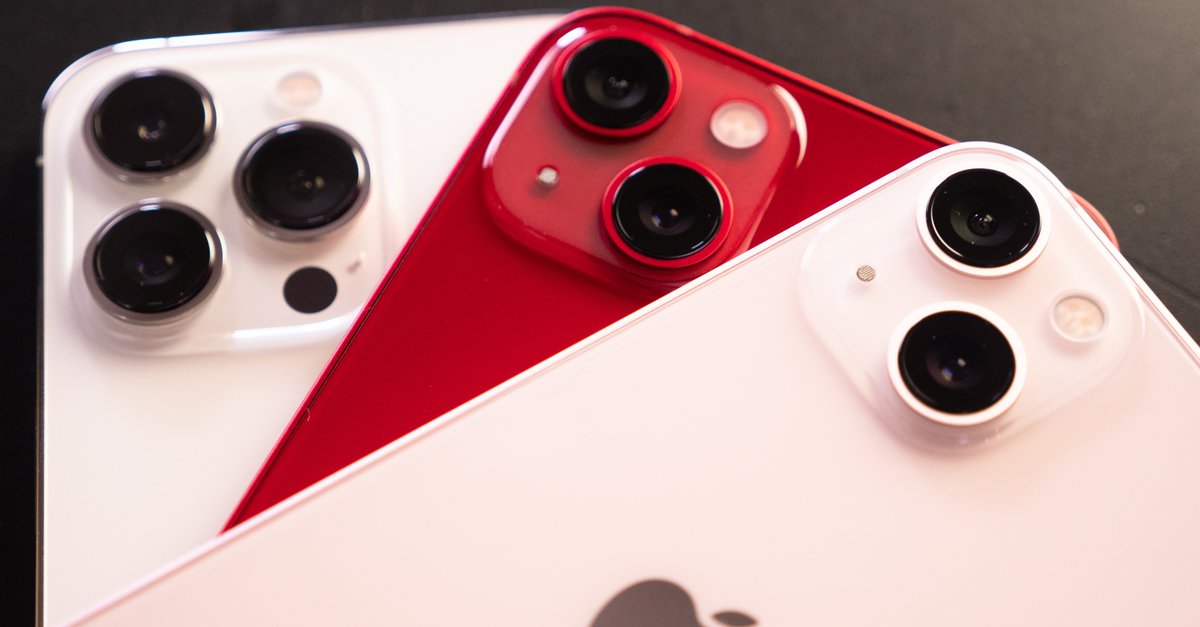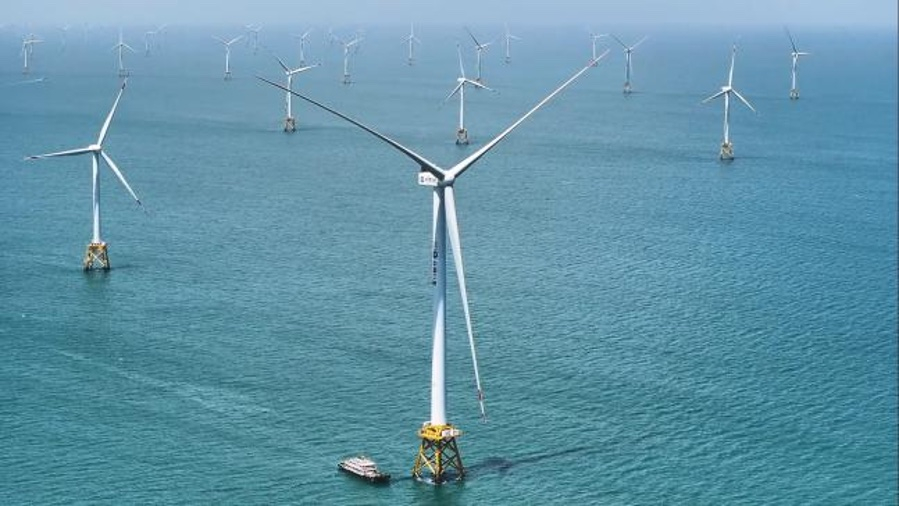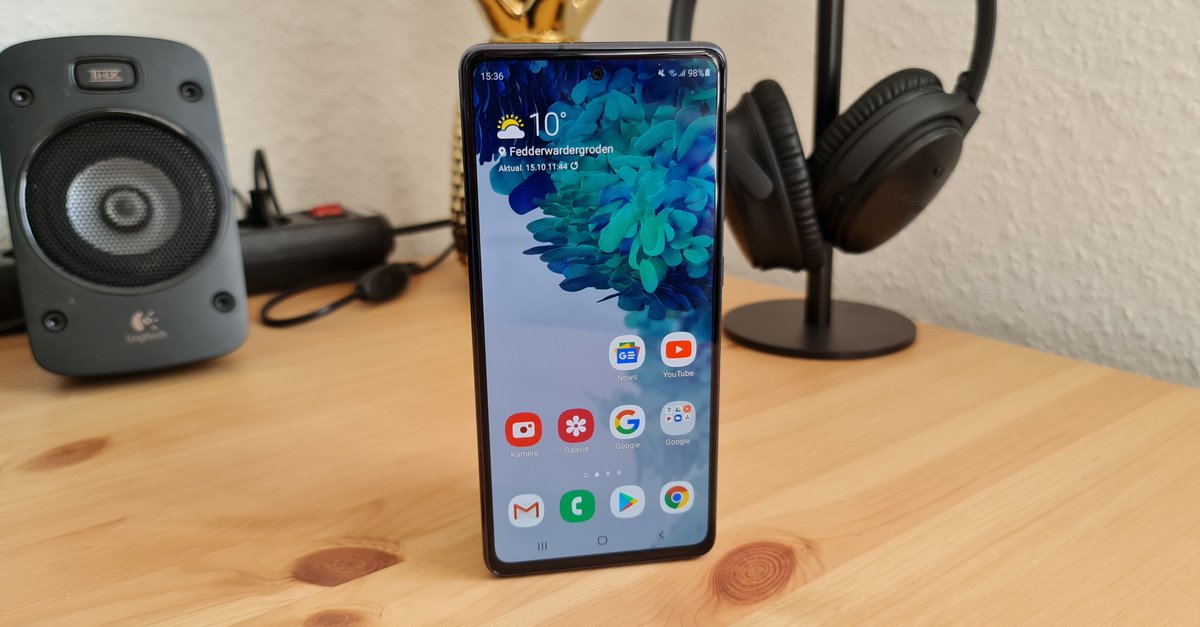Apple’s eyesore remains with us
Recent construction drawings of the iPhone 14 Pro and iPhone 14 Pro Max reveal the whole truth – the camera hump remains and gets even bigger. Not exactly nice, because the visual “eyesore” will remain with the next generation.

iPhone 14 Pro (Max): Apple still doesn’t do without camera bumps
Anyone who loves an aesthetic and reduced design has been bothered by Apple’s camera hump on the back of the iPhone for some time. Over the years, the bulge hasn’t gotten any smaller, it’s actually increased – most recently with the iPhone 13 and especially with the Pro models. In the meantime, there was hope that Apple could do without it in the future. But unfortunately nothing will come of it.
Insider Max Weinbach shares construction drawings of the iPhone 14 Pro and iPhone 14 Pro Max on Twitter (source: Max Weinbach). They not only show the well-known two-part punch-hole design of the front camera in the display, but also contain the specific dimensions of the two professional smartphones. At first glance, the differences are only marginal, but they are a closer look reveals the even larger camera hump. In detail and in comparison:
- iPhone 13 Pro Max: 35.01 x 36.24mm; 3.6mm high
- iPhone 14 Pro Max: 36.73 x 38.21mm; 4.17mm high
- iPhone 14 Pro: 36.71 x 38.24mm; 4.17mm high
So it won’t get any more subtle Apple will probably go a step further. Quite a few users wanted exactly the opposite, as our survey revealed last year. But Apple is undeterred by the camera hump, the big wish is not fulfilled. Contrary rumors of the last few months will therefore not come true.
Samsung’s Galaxy S22 Ultra – comes without a camera bump:
Samsung does it differently
But there is another way. With Samsung, Apple’s toughest competitor opted for the opposite approach with the last top model. You will look in vain for a camera hump on the Galaxy S22 Ultra. The successor to the Note series deliberately does without it. the Samsung obviously used the gain in space due to an evenly high surface on the back for the battery and to store the stylus, S Pen. Currently and in the future, Apple will not follow this example.



